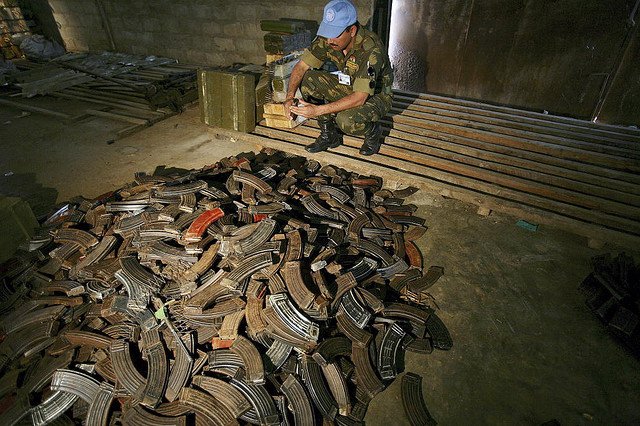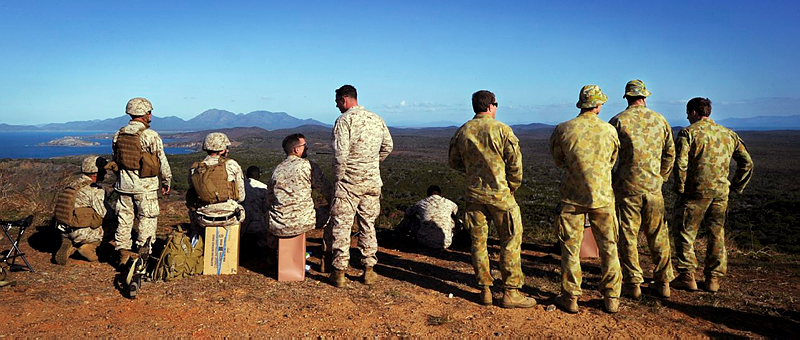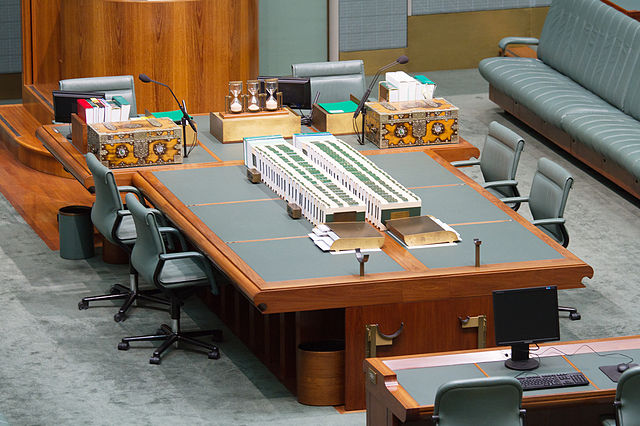Between bullets and votes: Australia’s role in improving security in Africa
 As Australia begins to take a greater role in African security issues, we must also begin to better scrutinise the role the international community has had in perpetuating the militarisation of political power in many African countries.
As Australia begins to take a greater role in African security issues, we must also begin to better scrutinise the role the international community has had in perpetuating the militarisation of political power in many African countries.
It’s foreseeable that we will continue to contribute to international decision-making on African security issues well beyond our two-year term on the Security Council. At this point, we need to stop and analyse how we can use our position to contribute productively to building a more stable and prosperous Africa. If we’re to make a contribution that will benefit both continents, we need to help address the underlying causes of insecurity and conflict on the continent rather than signing up to the status quo approach and especially to military-based solutions. How to really contribute to building a more stable, secure Africa, which is ripe for increased and less risky Australian business, investment, trade and the utilisation of our services sector, is an issue worth examining for Australians. Read more







